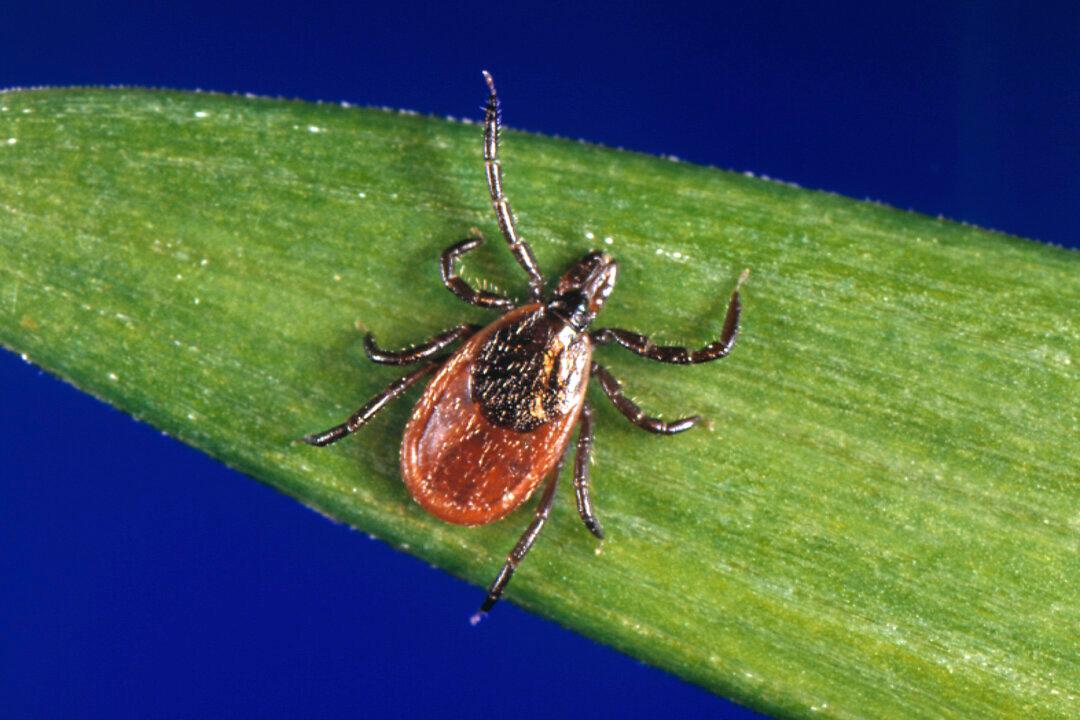The World Organization for Animal Health (OIE) has received multiple reports from countries in Asia and Europe regarding a recent spread of bird flu, giving rise to concerns that the virus may be spreading again.
Bird flu, or avian influenza, is a viral disease that affects both domestic and wild birds. The virus has also been isolated from mammals including dogs, cats, mice, horses and humans. Certain strains are more prevalent in specific regions of the world.





